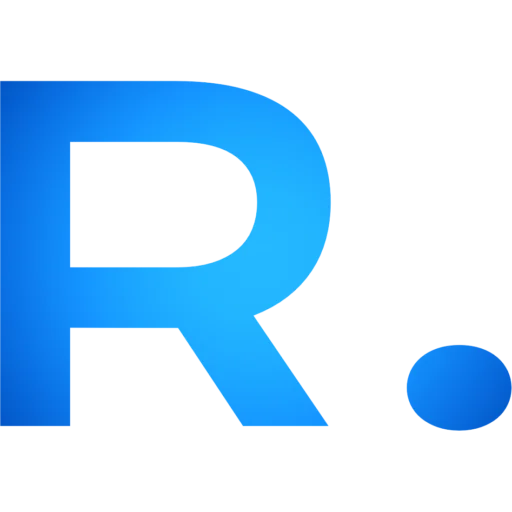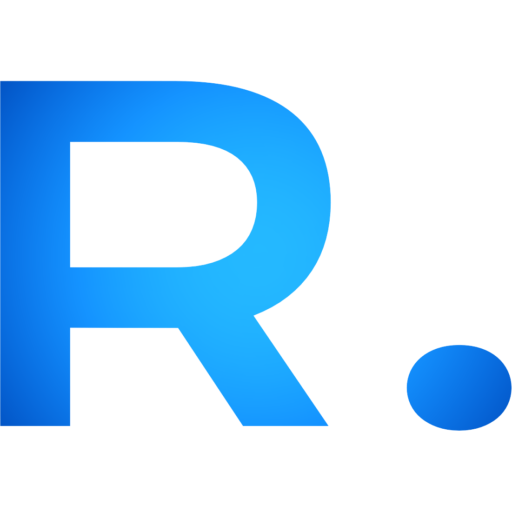W przypadku każdej udanej operacji recyklingu, droga od odpadów do cennego surowca wymaga precyzji na każdym etapie. Po przekształceniu butelek pokonsumenckich w czyste płatki w ciągu wysokowydajny system recyklingu butelek PET, pojawia się krytyczna decyzja: jak przetworzyć te płatki w ich najbardziej rynkową formę. Odpowiedzią jest peletyzacja, ale wybór odpowiedniej technologii jest najważniejszy.
Dwiema dominującymi metodami w branży są tradycyjna peletyzacja pasma i bardziej zaawansowana peletyzacja podwodna (UWP). Każda z nich oferuje odrębne zalety i przedstawia różne rozważania operacyjne i finansowe. Niniejszy przewodnik zawiera porównanie bezpośrednie, które pomoże Ci określić optymalne rozwiązanie dla Twojej działalności rPET.
Koń roboczy: zrozumienie granulacji pasm
Proces peletyzacji pasma jest solidną i szeroko przyjętą metodą. Przepływ pracy jest liniowy i wizualnie intuicyjny:
- Wyrzucenie: Stopiony rPET jest wytłaczany przez głowicę matrycową, tworząc ciągłe pasma przypominające spaghetti.
- Chłodzenie: Pasma te przechodzą przez kąpiel wodną lub koryto, aby się schłodzić i zestalić.
- Odwadnianie: Nóż powietrzny lub urządzenie ssące usuwa nadmiar wody z powierzchni pasm.
- Cięcie: Schłodzone, suche pasma są podawane do granulatora, gdzie szybkoobrotowy wirnik z ostrzami tnącymi tnie je na cylindryczne peletki.
Metoda precyzji: zrozumienie granulowania podwodnego (UWP)
Peletyzacja podwodna jest procesem bardziej zintegrowanym i zautomatyzowanym, cenionym za precyzję i spójność.
- Ekstruzja i cięcie: Stopiony rPET jest wytłaczany przez płytę matrycy, która ma bezpośredni kontakt z systemem cyrkulacji wody. Obracające się ostrza kroją polimer na peletki w momencie, gdy wyłania się on z powierzchni matrycy, pod wodą.
- Chłodzenie i transport: Nowo uformowane, kuliste granulki są natychmiast utwardzane przez wodę i transportowane jako zawiesina z dala od głowicy matrycy.
- Odwadnianie: Zawiesina jest podawana do suszarki wirowej, która obraca się z dużą prędkością, oddzielając wodę od peletu, w wyniku czego powstaje suchy, gotowy produkt.
Porównanie bezpośrednie: Strand kontra Underwater
Wybór systemu granulacji rPET wymaga starannej analizy kilku kluczowych czynników.
1. Jakość i spójność peletu
- Granulowanie pasm: Produkuje jednolite, cylindryczne peletki. Jednak proces ten jest podatny na „pęknięcie pasma”, co może prowadzić do zmian długości peletek („długich”) i wytwarzania pyłu lub „drobin”. Jakość w dużym stopniu zależy od umiejętności operatora podczas rozruchu.
- Granulowanie podwodne: Produkuje wysoce jednorodne, kuliste lub soczewkowate (soczewkowate) peletki o minimalnych różnicach w rozmiarze i kształcie. Natychmiastowy proces chłodzenia powoduje bardzo niską generację pyłu i drobnych cząstek. UWP jest ogólnie uważane za wytwarzające wyższą, bardziej spójną klasę peletki, która jest często wymagana w zastosowaniach premium.
2. Wymagania operacyjne i złożoność
- Granulowanie pasm: Proces jest bardziej manualny, szczególnie podczas rozruchu, który polega na ręcznym „przewlekaniu” przez operatora pasm z głowicy matrycy do granulatora. Chociaż wymaga to pracy, sprawia również, że system jest bardziej wyrozumiały na wahania lepkości stopu i operatorzy mogą łatwiej wizualnie rozwiązywać problemy.
- Granulowanie podwodne: Jest to wysoce zautomatyzowany, zamknięty system wymagający mniejszej interwencji operatora podczas pracy. Jednak proces jest bardziej złożony i wrażliwy. Wymaga bardzo stabilnego procesu wytłaczania (przepływu stopu, ciśnienia i temperatury), aby działał prawidłowo. Rozruch i konserwacja zazwyczaj wymagają wyższego poziomu umiejętności technicznych.
3. Początkowa inwestycja i zasięg
- Granulowanie pasm: Początkowa inwestycja kapitałowa w linię peletyzacji pasma jest znacznie niższa niż w przypadku systemu UWP. Sprzęt jest mechanicznie prostszy. Jednak powierzchnia może być dość długa ze względu na wymaganą rynnę chłodzącą.
- Granulowanie podwodne: Ta technologia wiąże się z wyższym początkowym kosztem inwestycyjnym, napędzanym przez precyzyjnie zaprojektowaną głowicę tnącą, system hartowania wody i suszarkę odśrodkową. Całkowita powierzchnia jest jednak często bardziej kompaktowa.
4. Najlepsze zastosowania dla rPET
- Granulowanie pasm: Doskonały, ekonomiczny wybór do produkcji granulatu rPET ogólnego przeznaczenia, mieszania i zastosowań, w których dopuszczalne są niewielkie odchylenia kształtu granulatu. Jest to niezawodny koń roboczy dla operacji, w których priorytetem jest minimalizacja początkowego kosztu kapitałowego.
- Granulowanie podwodne: Ostateczny wybór dla zaawansowanych zastosowań, które wymagają idealnej jednorodności granulatu dla stabilnego przetwarzania. Obejmuje to formowanie wtryskowe części o złożonej geometrii, komponentów samochodowych i mieszanie wysokiej jakości tworzyw sztucznych inżynieryjnych, gdzie spójność jest nie do negocjacji.
Tabela podsumowująca
| Funkcja | Granulowanie pasm | Granulowanie podwodne (UWP) |
| Kształt granulek | Cylindryczny | Sferyczny / Soczewkowy |
| Jakość pelletu | Dobry do doskonałego, możliwość nałożenia kar | Odmiana od doskonałej do najwyższej, bardzo jednolita |
| Złożoność | Niższy, bardziej ręczny rozruch | Wyższy, zautomatyzowany, bardziej czuły |
| Koszt początkowy | Niżej | Wyższy |
| Ślad stopy | Dłużej | Bardziej kompaktowy |
| Idealny dla | Operacje ogólnego przeznaczenia, wrażliwe na koszty | Aplikacje klasy high-end, idealna spójność |
Wnioski: Dokonywanie właściwego wyboru
Decyzja między granulowaniem pasmowym a granulowaniem podwodnym jest decyzją strategiczną. Jeśli Twój model biznesowy koncentruje się na produkcji niezawodnego, ekonomicznego rPET dla szerokiego rynku, niższa początkowa inwestycja i prostota operacyjna linii granulowania pasmowego sprawiają, że jest to atrakcyjny wybór. Jeśli Twoim celem jest dotarcie do rynków premium, które wymagają najwyższego stopnia spójności i jakości, wyższa wydajność i automatyzacja systemu granulowania podwodnego uzasadniają wyższą inwestycję.
Ostatecznie sukces każdej z metod peletyzacji zależy od jakości materiału wejściowego. Czysty, suchy i spójny płatek, wytwarzany przez solidna linia do mycia z tworzywa PET, jest podstawą uzyskania wysokiej jakości końcowego pelletu.
W Energycle możemy pomóc Ci przeanalizować Twoje specyficzne wymagania, aby określić najlepsze rozwiązanie w zakresie przetwarzania materiałów pochodzących z recyklingu, zapewniające wartość dodaną. Skontaktuj się z naszym zespołem technicznym aby omówić Twój projekt.



